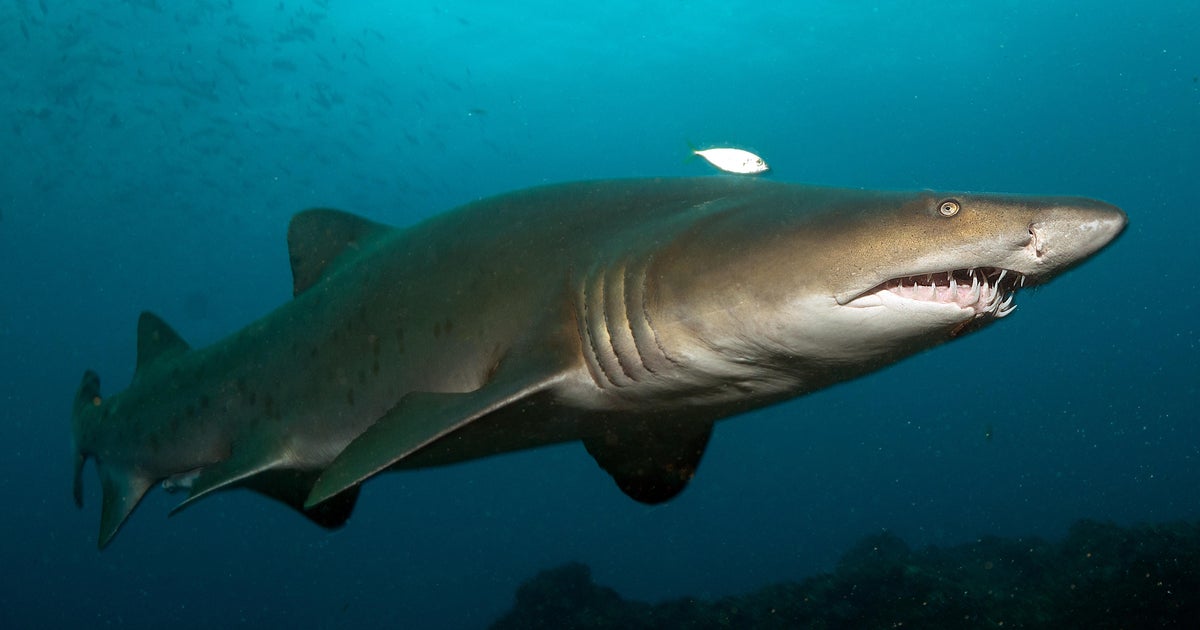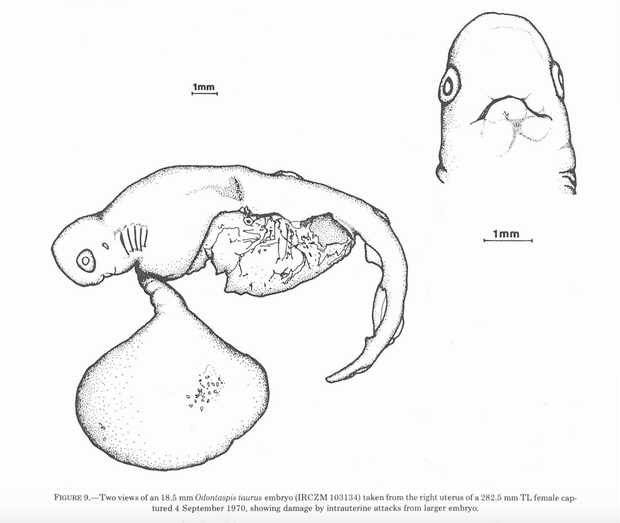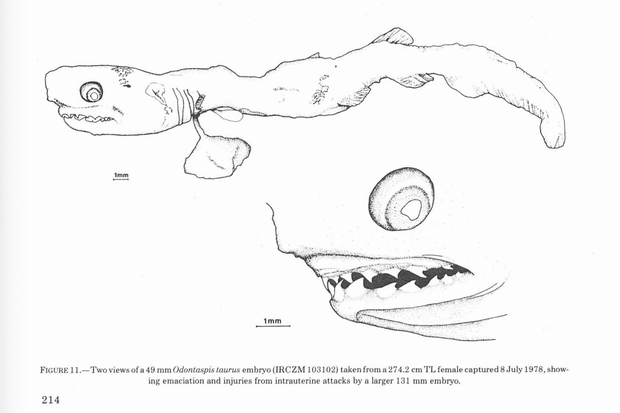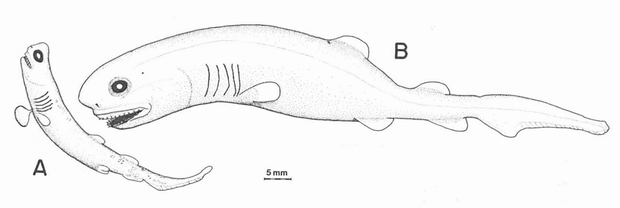CBS News
Trump’s lawyers ask appeals court to rule on immunity in late-night filing

Donald Trump was acting within his role as president when he pressed claims about “alleged fraud and irregularity” in the 2020 election, his lawyers told a federal appeals court in arguing that he is immune from prosecution.
The attorneys also asserted in a filing late Saturday night that the “historical fallout is tremendous” from the four-count indictment charging Trump with plotting to overturn the election he lost to Democrat Joe Biden.
No other former president has ever been indicted; Trump has been indicted four times, in both state and federal court, as he campaigns to reclaim the White House.
“The indictment of President Trump threatens to launch cycles of recrimination and politically motivated prosecution that will plague our Nation for many decades to come and stands likely to shatter the very bedrock of our Republic — the confidence of American citizens in an independent judicial system,” the attorneys wrote in a brief filed with the U.S. Court of Appeals for the District of Columbia Circuit.
At issue before the court, which has set arguments for Jan. 9, is whether Trump is immune from prosecution for what defense lawyers say are official acts that fell within the outer perimeter of a president’s duties and responsibilities.
U.S. District Judge Tanya Chutkan earlier this month rejected that argument, siding with prosecutors from special counsel Jack Smith’s team and declaring that the office of the presidency “does not confer a lifelong ‘get-out-of-jail-free’ pass.”
The appeals court’s role in the dispute is center stage after the Supreme Court on Friday rejected a request from Smith to fast-track a decision on the immunity question. After Trump appealed Chutkan’s order, Smith urged swift intervention from the high court in an effort to get a speedy decision that could keep the case on track for a trial scheduled to start on March 4.
But with that request denied, the two sides are advancing their arguments before the appeals court, where a three-judge panel will decide as early as next month whether to affirm or overrule Chutkan’s decision.
In their latest filing, Trump’s lawyers say that all of the acts Trump is accused of — including urging the Justice Department to investigate claims of voter fraud and telling state election officials that he believed the contests had been tainted by irregularities — are “quintessential” presidential acts that protect him from prosecution.
“They all reflect President Trump’s efforts and duties, squarely as Chief Executive of the United States, to advocate for and defend the integrity of the federal election, in accord with his view that it was tainted by fraud and irregularity,” they said.
They also contend that, under the Constitution, he cannot be criminally prosecuted for conduct for which he was already impeached, but then acquitted, by Congress.
Federal prosecutors, by contrast, say Trump broke the law after the election by scheming to disrupt the Jan. 6, 2021, counting of electoral votes, including by pressing then-Vice President Mike Pence to not certify the results and by participating in a plot to organize slates of fake electors in battleground states won by Biden who would falsely attest that Trump had actually won those states.
Though Trump’s lawyers have suggested that he had a good faith basis to be concerned that fraud had affected the election, courts around the country and Trump’s own attorney general and other government officials have found no evidence that that was the case.
CBS News
These cannibal baby sharks eat their siblings in the womb

Watch CBS News
Be the first to know
Get browser notifications for breaking news, live events, and exclusive reporting.
CBS News
What will happen to the price of gold if inflation hits 2%?

Getty Images
With rampant inflation over the past couple of years, the Federal Reserve quickly raised interest rates and has held them steady for the past year. Meanwhile, gold prices have been strong recently, with the price of gold per ounce hitting a record of over $2,400 in May. Although gold prices have come down slightly since then, they’re still up over 20% in the past year. Meanwhile, inflation has been showing signs of moderating recently too, although it could still be a while until it reaches the Fed’s 2% target.
If that happens, what could it mean for the price of gold? In some ways, high inflation could help the price of gold, as the precious metal is often purchased to try to hedge against inflation.
See how much a gold investment could cost you here now.
What will happen to the price of gold if inflation hits 2%?
Inflation is only one of multiple factors that can (and have) shaped the price of gold. So, even if it falls, gold could still rise in value for other reasons.
At the same time, high interest rates that are used to try to tame inflation can temper the price of gold, as high interest rates give investors an attractive option for essentially risk-free returns, like by buying Treasuries or even keeping money in a high-yield savings account.
So, some think that gold prices could fall as inflation drops to 2%.
“If and when that occurs, that could potentially deter some demand in gold and might lower the price,” says Alex Ebkarian, COO and co-founder of Allegiance Gold, a gold investing company.
“However, it’s a mistake to just look at the Fed’s reported inflation because it only measures year over year. Looking at the last three-year cumulative compound impact of inflation continues to be evident at the grocery stores and reflective on the price increase of gold,” he adds.
So, in that sense, with gold often being seen as a store of value, gold prices could potentially remain strong even if inflation hits 2%, at least in the beginning of that low inflation period.
Learn more about investing in gold during today’s inflationary cycle now.
Other considerations
Although there’s a case to be made in both directions in terms of how lower inflation could affect the price of gold, many experts see other factors being bigger drivers.
“The price of gold does not follow the inflation rate closely over the short to medium term. Thus, even if the Fed brings inflation down to 2%, there is no way of determining the behavior of the price of gold,” says Roger D. Silk, Ph.D., founder and CEO at Sterling Foundation Management, a wealth management company.
Instead, the price of gold might be influenced by broader economic and geopolitical factors, beyond just inflation.
Some investors, for example, turn to gold as a counter to the dollar, which could potentially weaken due to large government deficits that have been running since fiscal year 2002 across presidential administrations from both parties.
“Considering the current debt level and overall cost of interest expense and on-going de-dollarization movement, and the volatility nature of the market, coupled with some early signs of weaknesses in banks lead by the commercial real estate sector, I expect the reported taming of inflation would have a neutral impact on gold,” says Ebkarian.
Meanwhile, “other forces such as gold’s no-default risk, historical positioning, liquid nature and performance during times of crisis attributes are attracting new strategic investors that are more interested in ownership rather than exposure,” he adds.
The bottom line
At first glance, inflation might seem to move the price of gold, but many other factors are also involved. Thus, if and when the US reaches the Fed’s 2% target, that does not necessarily mean that gold prices will move up or down, as other factors such as government deficits and political instability around the world could influence gold investors who are looking to diversify.
CBS News
These cannibal baby sharks eat their siblings in the womb – and sketches show just how gruesome it can be

As adults, sand tiger sharks are known for being relatively non-aggressive. But as babies, these animals engage in a cannibalistic war with dozens of siblings in which only one survives.
It’s all part of a natural occurrence known as intrauterine cannibalism. Sand tiger sharks are perhaps one of the most well-known species in which this occurs. These sharks are ovoviviparous, meaning that their offspring grow in eggs in the sharks’ uteri until they hatch, at which point, they emerge into the ocean.
“It is survival of the fittest. The strongest one will emerge,” Lizeth Webster, curator of fish and invertebrates at the Long Island Aquarium in New York told CBS News. “The healthiest one will absorb all of the nutrients, not leaving enough for the others, so it will consume others in the womb.”
NOAA/Reproduction and Embryonic Development of The Sand Tiger Shark, Odontaspis Taurus (Rafinesque)
Sand tiger sharks are known for having two uteri. In each one, a female shark will have between 16 and 23 fertilized eggs. But not long after they develop their teeth, the biggest and most advanced of the embryos that’s often the first to hatch will kill and eat all the siblings it shares a uterus with, as well as any leftover yolk sacs. After being in the womb for eight to nine months, two pups – one from each uterus – will make it out into the sea.
“That’s how we get apex predators,” Webster said. “The strongest will survive.”
NOAA/Reproduction and Embryonic Development of The Sand Tiger Shark, Odontaspis Taurus (Rafinesque)
Shark scientists have known about this process for decades. In research published in NOAA’s Fishery Bulletin in 1983, they even provided visual depictions of the process.
In one case, they observed “a large hatched embryo (100 mm) that had attacked and badly damaged (puncture wounds and torn gut) a 51 mm embryo. … It is possible that the 51 mm embryo had not hatched prior to the attack.”
NOAA/Reproduction and Embryonic Development of The Sand Tiger Shark, Odontaspis Taurus (Rafinesque)
That cannibalism, however, meets a hard stop whenever the sharks are officially born. Sand tiger sharks, otherwise known as ragged-tooth sharks and grey nurse sharks, tend to eat herrings, eels, squids, crabs and lobsters, among other animals.
And no, humans aren’t on the list. The animals are known for not being aggressive toward humans, although they will become defensive if necessary. Once they grow, Webster described the animals as “calm.”
“Usually in the wild, they swim in large packs,” she said. “…When they’re in large groups like that they tend to be a lot calmer because they do have to swim in unison with other sharks. They just look like they’re floating and they’re calm.”
And while eating their siblings does help ensure that strong pups are born, it also makes it difficult for the species to survive.
The sharks, which can grow to be up to 10 feet and 500 pounds, according to the Long Island Aquarium, have one of the lowest reproductive rates among all shark species. According to the Aquarium of the Pacific, they only give birth every two years. And that poses a major problem considering the species has reached critically endangered status.
According to the IUCN Red List, populations have been decreasing worldwide, with the Mediterranean population being “locally possibly extinct,” as there have been no records of the shark in the area since 2008. Overall, researchers with the group believe the species has seen a more than 80% decline over the past 74 years “due to levels of exploitation.” Urban and industrial development, overfishing, climate change and severe weather impacting their habitats remain the biggest threats to the species.












